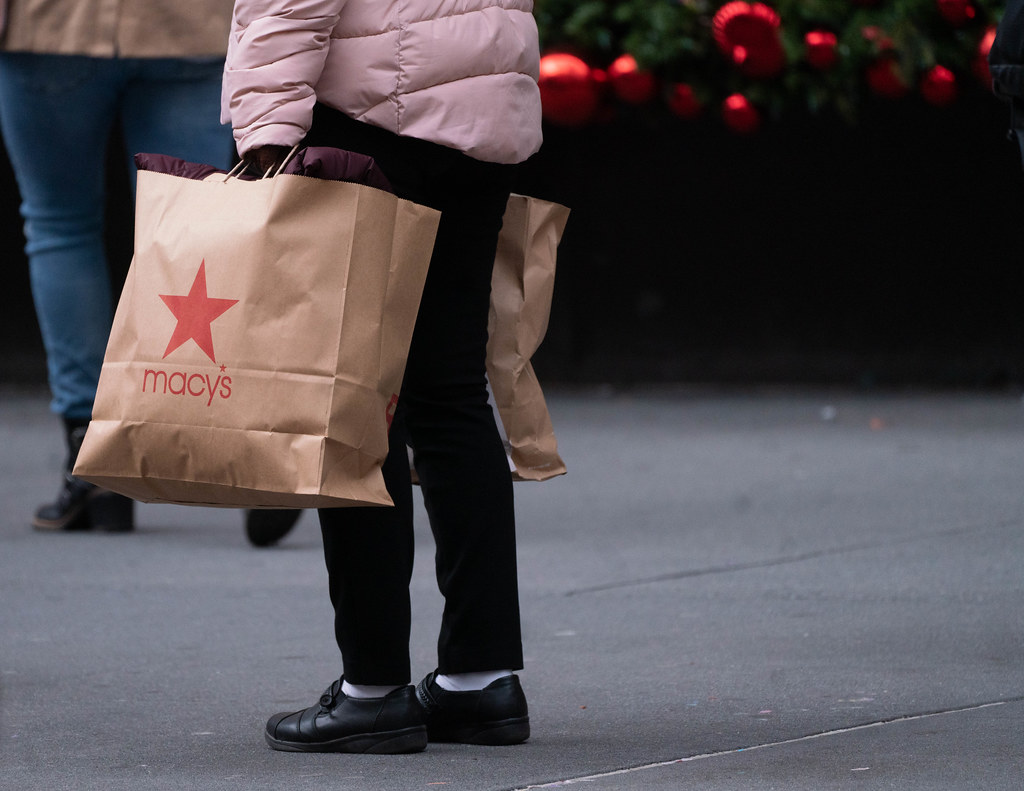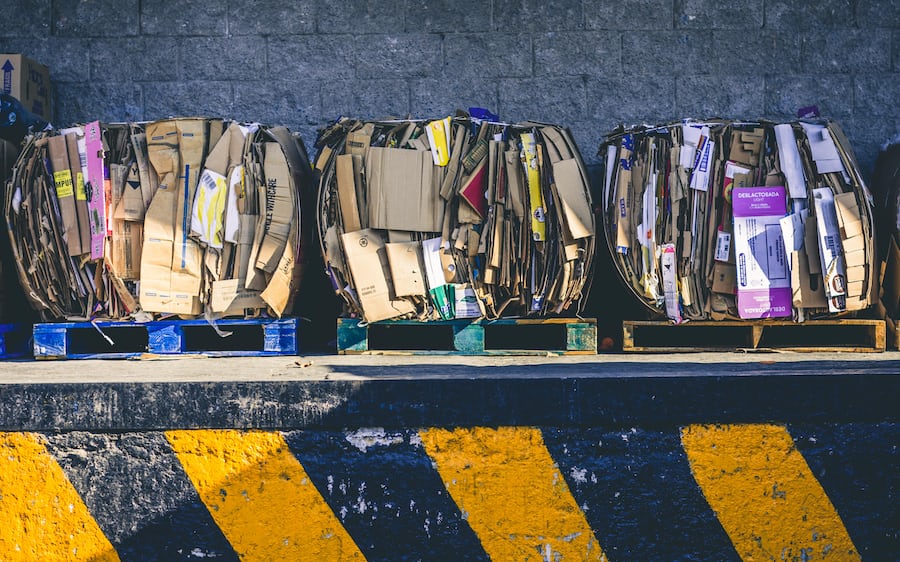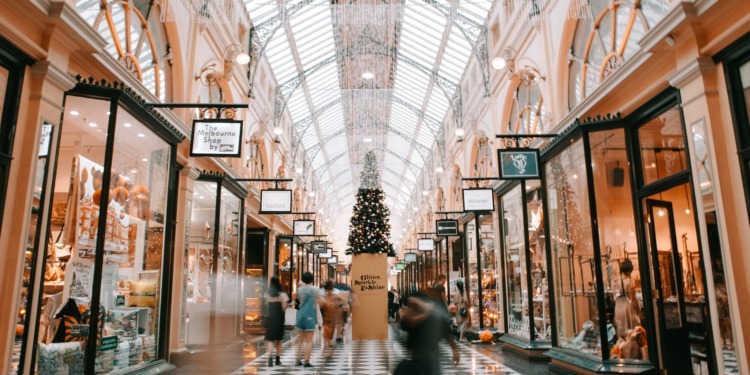Black Friday is the day at the end of November when brands and retailers make a fortune. . It is the Friday following Thanksgiving in the United States when large-scale sales fill the aisles in preparation for Christmas. Although typically an American tradition, Black Friday has spread across the world in the last decade.
With Black Friday’s growth in popularity comes a tremendous growth in internet sales, more merchandise transportation, and an increase in air pollution which makes this global shopping day extremely costly to the environment.
How does retail make Black Friday unsustainable?
Black Friday is just another excuse for excessive shopping that extends far beyond the day itself. Sales begin a fortnight before the holiday and may extend over the weekend to what is known as Cyber Monday, another “24 hours” of tantalising internet deals.
According to Adobe Digital Insights, during last year’s Black Friday, U.S. customers spent over $9 billion online (7.95 billion euros), which is 21.6% more than in 2019. The analysis realised that Black Friday and Cyber Monday in 2020 created the largest internet commerce in US history, and they hope to improve on those figures this year.
Then, what’s the consequence? Well, internet shopping basically refers to the movement of goods from a supplier to a customer. Many, many miles are doubled if the customer is dissatisfied with the purchase and decides to return it.
Furthermore, electronic commerce increases the number of returns, negatively damaging the environment and causing traffic congestion in places with high delivery rates. This effect was measured in the United States: 15 million tonnes of CO2 poured into the atmosphere thanks to returns alone, which equates to the annual emissions from three million cars.

It doesn’t mean that we are only emitting more greenhouse gases into the atmosphere, but also that the extra garbage generated by Black Friday is just enormous. All those cardboard boxes, bags, packaging, gift wrappers and more pollute our planet with more waste.
What can we do as consumers?
As a counter-movement to Black Friday, the first Green Friday ideas emerged in 2015. Instead of “shop ’til you drop,” Green Friday proponents encourage consumers to shop more thoughtfully and responsibly. Here’re some of our suggestions to make your Friday green again.
- Think more, shop less
Start making your buying list one month before Green Friday and stop touching it a week before. This way, you may be certain that they are the only goods you need and save up some of your budgets for perhaps a nice Christmas Eve dinner with your loved ones.
And, while you’re thinking about what to get, check out our Impakter Eco Marketplace, which may include the ideal surprise for anyone who pretends they don’t want for the holidays.
- Buy once, buy well
Some of you may have heard this phrase and you’re definitely right. King Charles III once said this during an interview with British Vogue 2020. Undeniably, this is a fantastic method to practise sustainable buying because once you buy it, you’ll never have to buy it again unless it is a perishable item like shaving foam.
- Reduce and recycle
As cliché as it seems, consumers like you can also make huge changes this Black Friday, especially if they expect house delivery.
By choosing your local vendors if possible, you can save packing costs and travel miles and understand the packaging that your product comes in and be informed of your local recycling guidelines to ensure that your item’s packaging may be recycled.

A little earlier planning from merchants and customers can make a big difference in keeping Black Friday green at home.
Last but not least, bear in mind that sustainability is just as important as sales and with this collective approach, we can truly make a difference and change black into green.
Editor’s Note: The opinions expressed here by the authors are their own, not those of Impakter.com — In the Featured Photo: A shopping mall in December. Featured Photo Credit: Heidi Fin.










